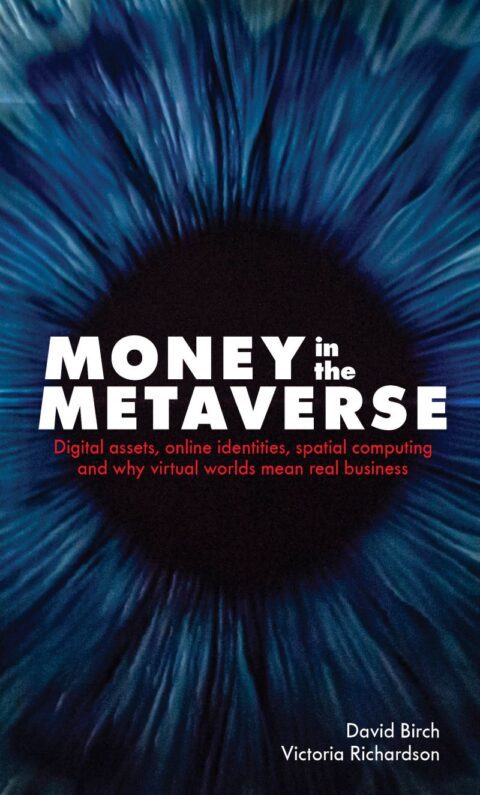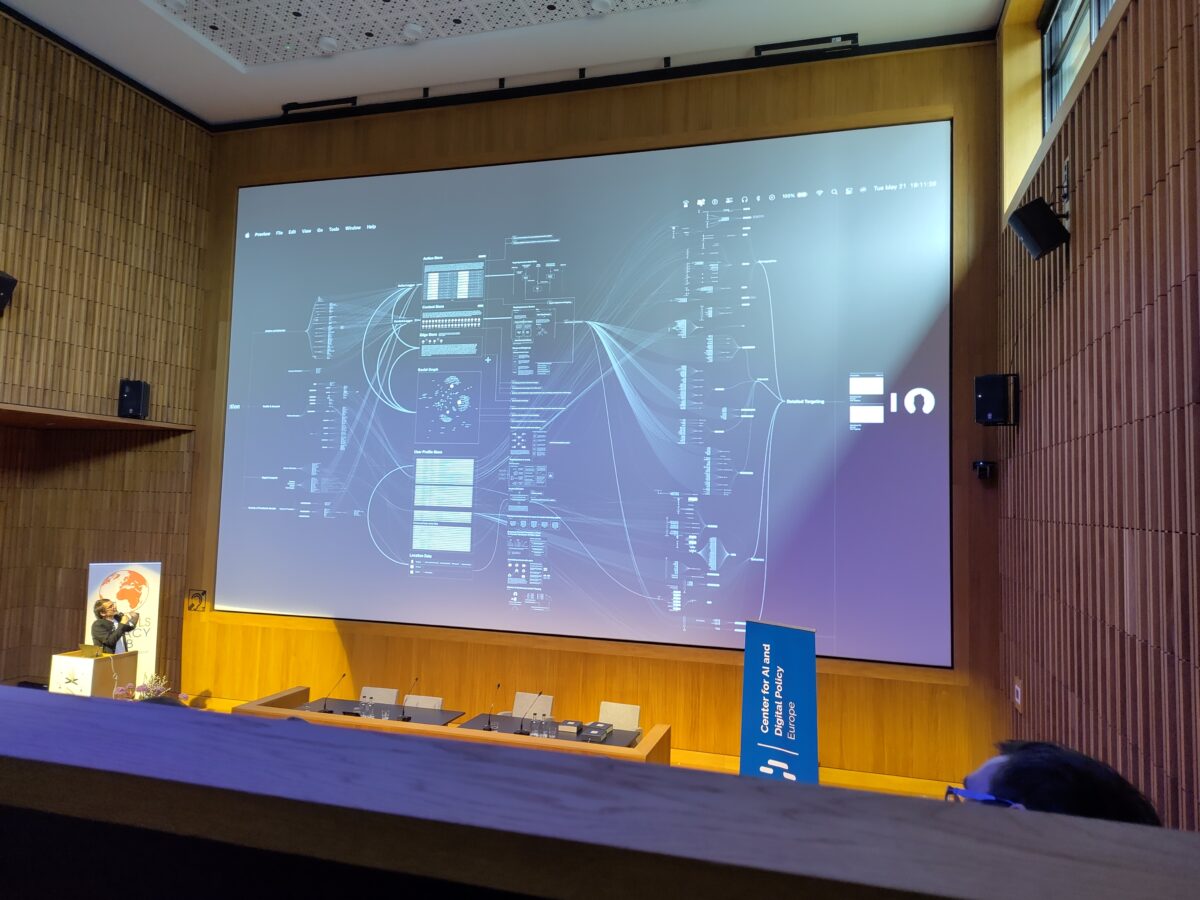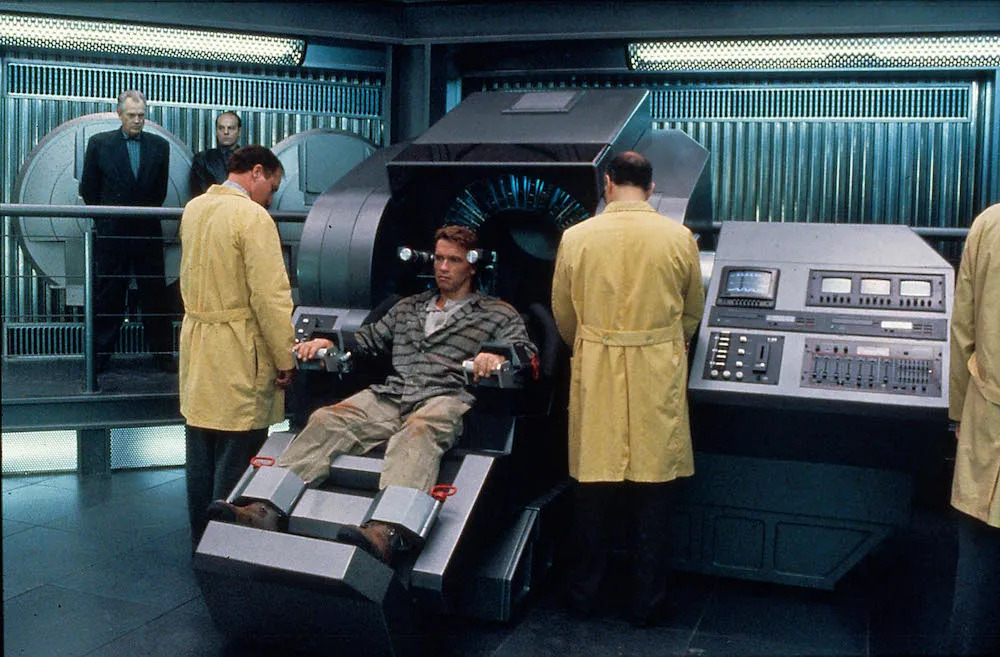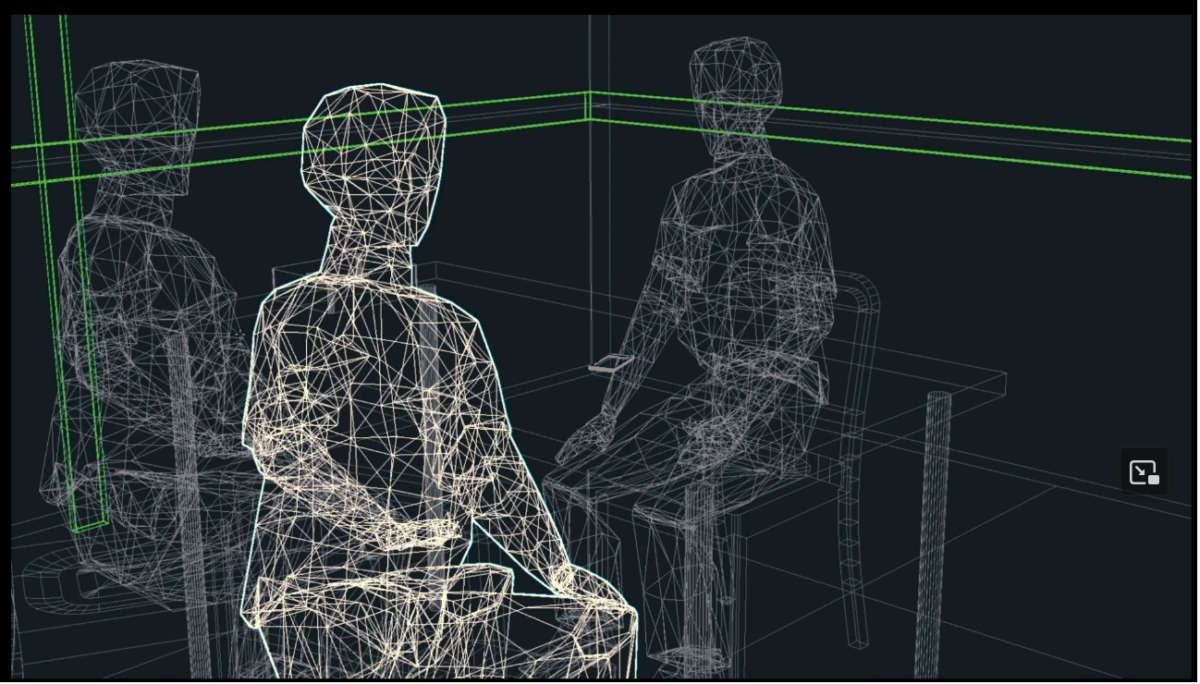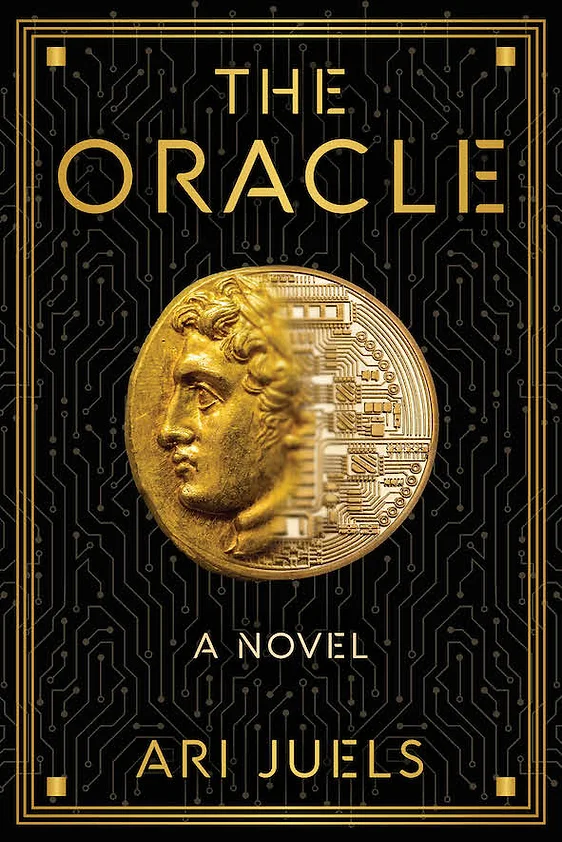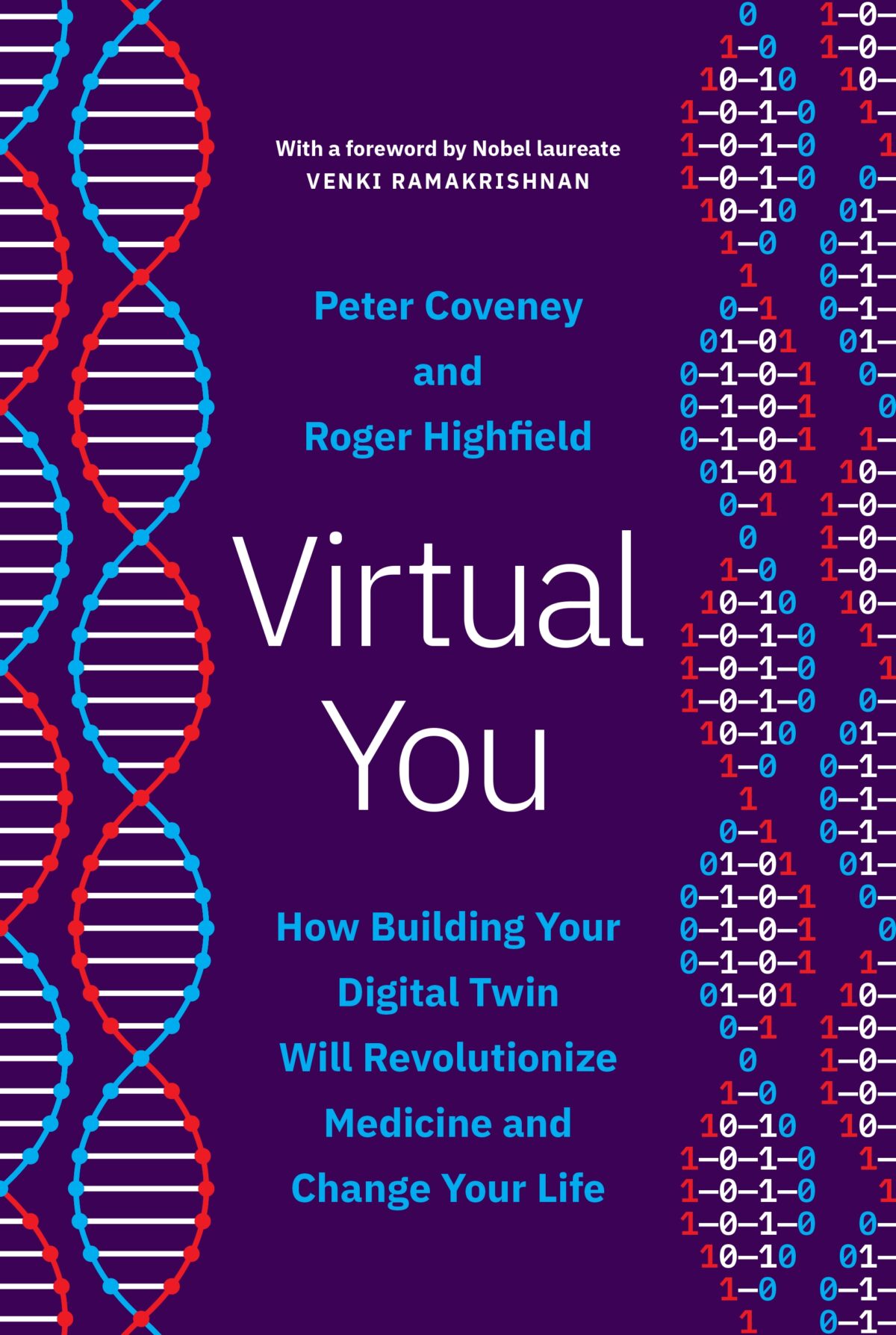“This is a public place. Everyone has the right to be left in peace,” Jane (Vanessa Redgrave) tells Thomas (David Hemmings), whom she’s just spotted photographing her with her lover in the 1966 film Blow-Up, by Michelangelo Antonioni. The movie, set in London, proceeds as a mystery in which Thomas’s only tangible evidence is a grainy, blown-up shot of a blob that may be a murdered body.
Today, Thomas would probably be wielding a latest-model smartphone instead of a single lens reflex film camera. He would not bother to hide behind a tree. And Jane would probably never notice, much less challenge Thomas to explain his clearly-not-illegal, though creepy, behavior. Phones and cameras are everywhere. If you want to meet a lover and be sure no one’s photographing you, you don’t go to a public park, even one as empty as the film finds Maryon Park. Today’s 20-somethings grew up with that reality, and learned early to agree some gatherings are no-photography zones.
Even in the 1960s individuals had cameras, but taking high-quality images at a distance was the province of a small minority of experts; Antonioni’s photographer was a professional with his own darkroom and enlarging equipment. The first CCTV cameras went up in the 1960s; their proliferation became public policy issue in the 1980s, and was propagandized as “for your safety without much thought in the post-9/11 2000s. In the late 2010s, CCTV surveillance became democratized: my neighbor’s Ring camera means no one can leave an anonymous gift on their doorstep – or (without my consent) mine.
I suspect one reason we became largely complacent about ubiquitous cameras is that the images mostly remained unidentifiable, or at least unidentified. Facial recognition – especially the live variant police seem to feel they have the right to set up at will – is changing all that. Which all leads to this week, when Joseph Cox at 404 Media reports ($) (and Ars Technica summarizes) that two Harvard students have mashed up a pair of unremarkable $300 Meta Ray-Bans with the reverse image search service Pimeyes and a large language model to produce I-XRAY, an app that identifies in near-real time most of the people they pass on the street, including their name, home address, and phone number.
The students – AnhPhu Nguyen and Caine Ardayfio – are smart enough to realize the implications, imagining for Cox the scenario of a random male spotting a young woman and following her home. This news is breaking the same week that the San Francisco Standard and others are reporting that two men in San Francisco stood in front of a driverless Waymo taxi to block it from proceeding while demanding that the female passenger inside give them her phone number (we used to give such males the local phone number for time and temperature).
Nguyen and Ardayfio aren’t releasing the code they’ve written, but what two people can do, others with fewer ethics can recreate independently, as 30 years of Black Hat and Def Con have proved. This is a new level of democratizated surveillance. Today, giant databases like Clearview AI are largely only accessible to governments and law enforcement. But the data in them has been scraped from the web, like LLMs’ training data, and merged with commercial sources
This latest prospective threat to privacy has been created by the marriage of three technologies that were developed separately by different actors without regard to one another and, more important, without imagining how one might magnify the privacy risks of the others. A connected car with cameras could also run I-XRAY.
The San Francisco story is a good argument against allowing cars on the roads without steering wheels, pedals, and other controls or *something* to allow a passenger to take charge to protect their own safety. In Manhattan cars waiting at certain traffic lights often used to be approached by people who would wash the windshield and demand payment. Experienced drivers knew to hang back at red lights so they could roll forward past the oncoming would-be washer. How would you do this in a driverless car with no controls?
We’ve long known that people will prank autonomous cars. Coverage focused on the safety of the *cars* and the people and vehicles surrounding them, not the passengers. Calling a remote technical support line for help is never going to get a good enough response.
What ties these two cases together – besides (potentially) providing new ways to harass women – is the collision between new technologies and human nature. Plus, the merger of three decades’ worth of piled-up data and software that can make things happen in the physical world.
Arguably, we should have seen this coming, but the manufacturers of new technology have never been good at predicting what weird things their users will find to do with it. This mattered less when the worst outcome was using spreadsheet software to write letters. Today, that sort of imaginative failure is happening at scale in software that controls physical objects and penetrates the physical world. The risks are vastly greater and far more unsettling. It’s not that we can’t see the forest for the trees; it’s that we can’t see the potential for trees to aggregate into a forest.
Illustrations: Jane (Vanessa Redgrave) and her lover, being photographed by Thomas (David Hemmings) in Michelangelo Antonioni’s 1966 film, Blow-Up.
Wendy M. Grossman is the 2013 winner of the Enigma Award. Her Web site has an extensive archive of her books, articles, and music, and an archive of earlier columns in this series. She is a contributing editor for the Plutopia News Network podcast. Follow on Mastodon.

